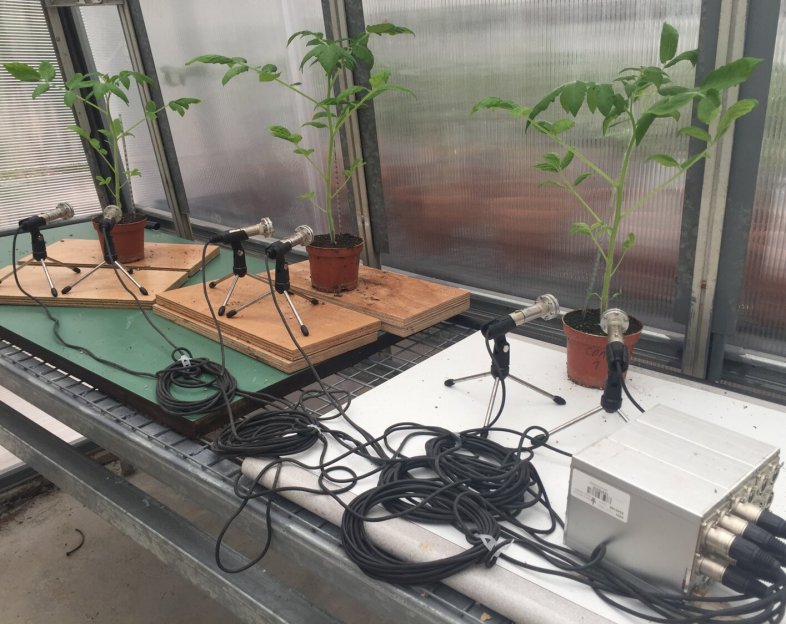The Sounds Emitted By Plants Are Real But They Are Still Not Talking

A recent paper published by researchers at the university of Tel Aviv in Cell on the sounds they captured from ‘stressed’ plants had parts of the internet abuzz with what this meant, with some suggesting that this was an early April Fools prank. The fun part here is the news item is not that plants make noise, but rather that this was the first time (apparently) that the noise made by plants was captured by microphones placed at some distance from a variety of plants.
This research is based on previous studies dating back decades, such as Tyree and Sperry who reported (PDF) in 1989 on the vulnerability of the plant xylem (water transporting tissue) to cavitation and embolism. Since the xylem’s function is to carry water and dissolved nutrients to the upper parts of the plant, having air bubbles form would be a negative thing for the plant’s survival. When and how cavitation occurs in the xylem is relevant as it directly impacts how well plants grow.
During these studies, it was reported that the cavitation phenomenon creates an audible click, with a number of methods to record the (ultrasonic) energy produced described by Cochard et al. in a 2013 review article in the Journal of Experimental Botany. Here it is noted that in order to measure the noise of cavitation a sensor is generally clamped to a leaf or stem, which obviously poses scaling issues.
In the Tel Aviv study by Itzhak Khait et al., machine-learning was used to improve the detection of ultrasonic sounds from the study’s plants. With cavitation increasing when a plant is water-stressed or damaged, the ultrasonic noise from an affected plant would therefore also serve as an identifiable characteristic, which is something which this study confirmed.
The potential use here is to detect signs of water-stressed plants and damage from insects and other pests in greenhouses and similar settings, allowing for a number of microphones to pick up the signs of trouble without the need for a visual inspection.
Post a Comment